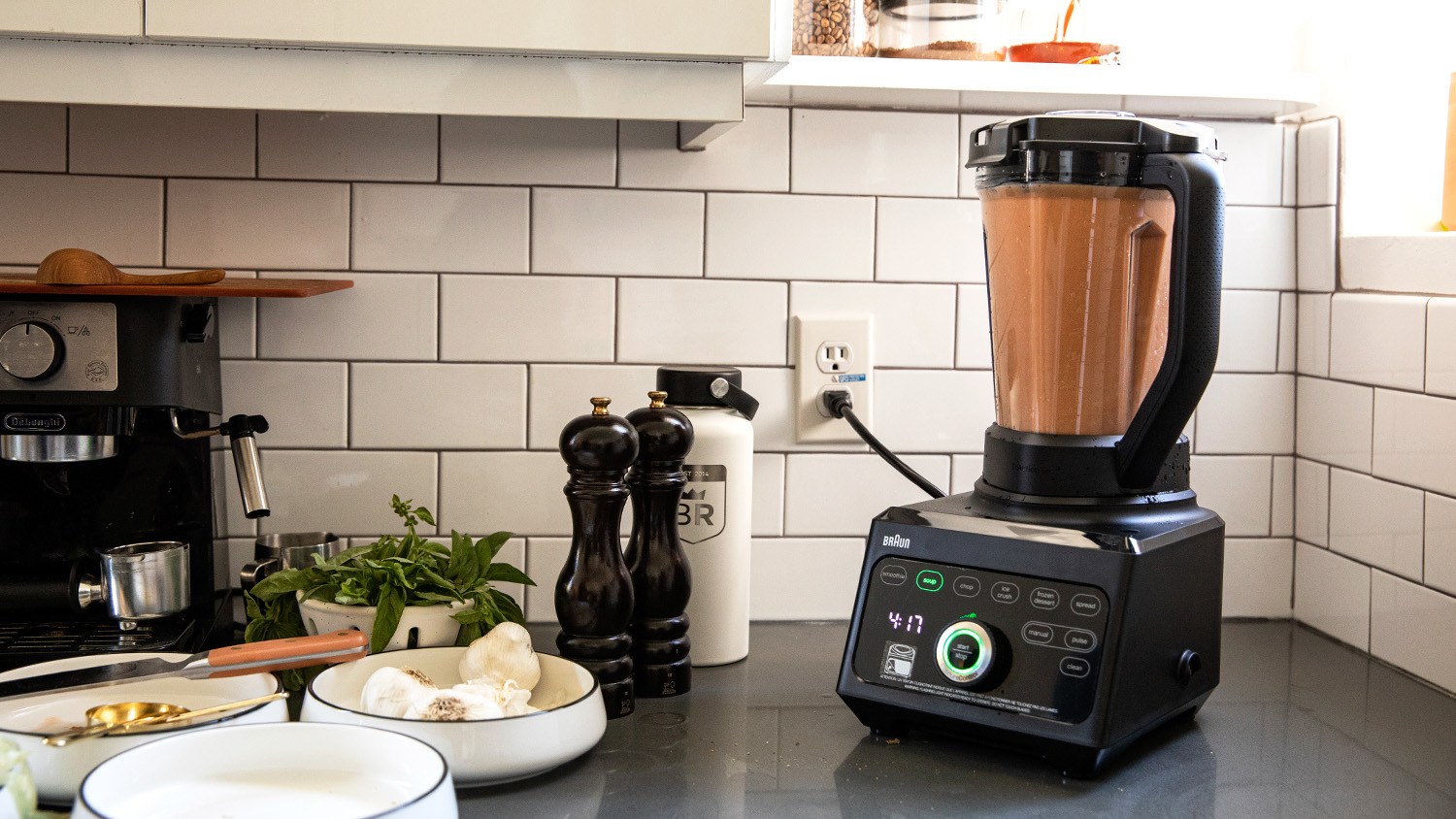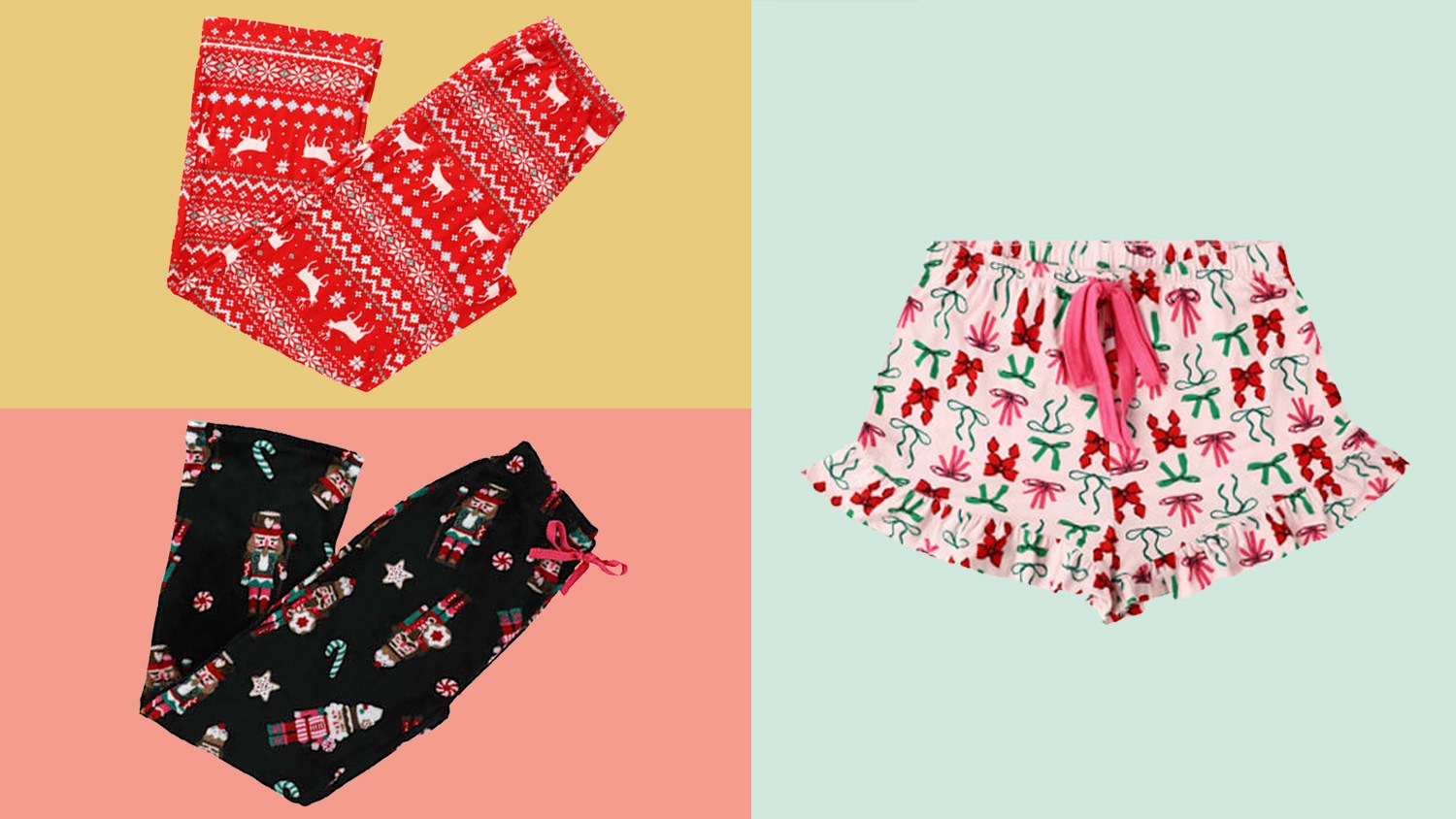An image that appears in this week’s Time magazine cover became a rallying cry for an end to the Trump administration’s policy of separating children from their parents after they are apprehended at the US border.
The cover features an image of a crying toddler taken by Getty photographer John Moore superimposed next to President Trump, who is towering over the child. The text next to the illustration reads, “Welcome to America.”
But as details about the little girl emerged this week, critics claim the cover is misleading because she is not one of the thousands of children who have been separated from their parents at the border.
Moore, a Pulitzer Prize-winning photographer for Getty Images who has been photographing immigrants crossing the US-Mexico border for years, snapped the original photo of the two-year-old Honduran girl crying as her mother was next to her being searched and detained in McAllen, Texas, last week. The photo was widely used by media organizations, including CNN, to illustrate stories about children being taken from their parents after attempting to cross the border. But Time, with its iconic covers, became the center of a media ethics conversation.
Reporters began searching for more information about the little girl, who for many, reminded them of their own children in her red sneakers, jeans, long sleeve shirt and curly dark hair.
Soon reports began to emerge, citing the girl’s father, who is still in Honduras, and Customs and Border Protection, who said she was not separated from her mother.
Time Magazine, however, stands by the cover.
“The June 12 photograph of the 2-year-old Honduran girl became the most visible symbol of the ongoing immigration debate in America for a reason: Under the policy enforced by the administration, prior to its reversal this week, those who crossed the border illegally were criminally prosecuted, which in turn resulted in the separation of children and parents. Our cover and our reporting capture the stakes of this moment,” Time’s editor-in-chief Edward Felsenthal said in a statement to CNN .
Moore, the photographer, told CNN he never claimed that the little girl was taken away from her mother. His original caption said that they were “detained by U.S. Border Patrol agents before being sent to a processing center for possible separation.”
Despite those details, critics said use of the photo plays into the “fake news” hysteria promoted by the President and his supporters, who claim the media is purposely misleading the public in an effort to hurt the administration.
“It appears that the iconic image of the separations policy didn’t involve a separation—all too typical of how a hysterical, advocacy-driven media covers immigration,” Rich Lowry, editor of the conservative magazine National Review, wrote on Twitter.
The Republican National Committee blasted out an email with the subject line “TIME … to hire a new researcher.” White House Press Secretary Sarah Sanders tweeted on Friday, “It’s shameful that [Democrats] and the media exploited this photo of a little girl to push their agenda. She was not separated from her mom. The separation here is from the facts.”
Time issued a correction on one of its articles in which Moore’s photo appeared. “The original version of this story misstated what happened to the girl in the photo after she taken from the scene. The girl was not carried away screaming by U.S. Border Patrol agents; her mother picked her up and the two were taken away together,” the correction reads. (CNN quickly issued a correction on one article Thursday that focused on the Time cover to correctly describe the image of the crying girl.)
Though print magazine circulations have drastically decreased in recent years, they have found new life on the internet and on social media as encapsulations of current events.
Nancy Gibbs, a former editor of Time, told CNN the process of choosing a cover is collaborative, with the editor in chief working alongside the creative director and other senior editors. They look through several different options before deciding on the perfect visual expression of the magazine’s issue.
Gibbs defended the cover, saying it is clearly a photo illustration.
“Obviously this child never met the president, it’s not misleading at all in that sense,” Gibbs said. “I think that the power of it is in the juxtaposition of the two figures, of the child who quickly came to represent all of the children that we’re talking about, and the president who was making the decisions about their fate.”
Bruce Shapiro, a professor of journalism ethics and executive director of the Dart Center for Journalism and Trauma at Columbia University, agreed with Gibbs and likened the cover to an editorial cartoon, saying it was “well within the parameters of editorial license.”
“This is a caustic, sharp-edged cover. But it’s a caustic, sharp-edged cover about an issue that is deeply emotional that has divided America,” he told CNN. He said Moore’s photos are “iconic” and will be remembered alongside historic images of Emmett Till and the photo of a naked little girl running from a Naplam attack in Vietnam.
Moore told CNN he always prefers that an image of his is used in its original form, and noted he had nothing to do with creating the Time cover. But he understands that news outlets can purchase the images from Getty’s wire service and use them in art illustrations.
“The Time cover is an illustration that interprets a wider issue being reported on within the magazine,” Moore said. “The photograph I took is a straightforward and an honest image; it shows a brief moment in time of a distressed little girl, whose mother is being searched as they are both taken into custody. I believe this image has raised awareness of the zero tolerance policy of the current administration. Having covered immigration for Getty Images for 10 years, this photograph for me is part of a much larger story.”
TIME’s new cover: A reckoning after Trump's border separation policy: What kind of country are we? https://t.co/U4Uf8bffoR pic.twitter.com/sBCMdHuPGc
— TIME (@TIME) June 21, 2018












